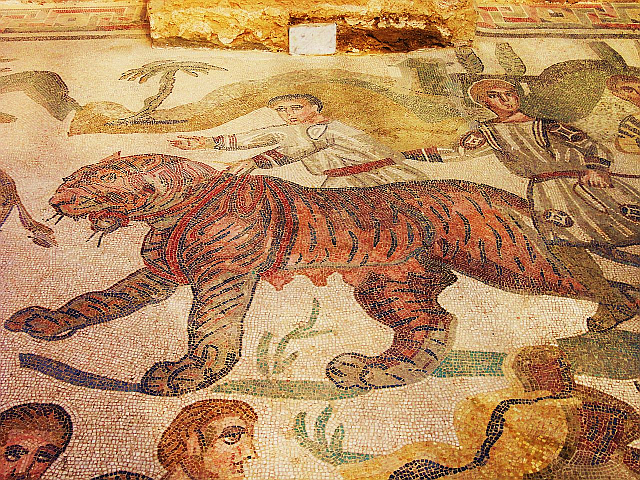As we find ourselves in the dark wood of the final cantos of Purgatorio, several have related the triumphal procession, the sacred army, the griffin and the dumbshow of canto 32 to masques and mystery plays.
In an email, Mussy offers the thought that these forms of "entertainment" are
important for a study of Dante because embedded in this masque are many of the ideas Dante has been working toward not to be dismissed as silly childlike entertainment to convey surface churchy notions, though in a way it does that too. He counted on the masque form as a familiar experience of his time I believe.We should pause to consider why, upon the culmination of the long journey ending in the Earthly Paradise and the "unmediated" vision of the face of Beatrice, Dante chooses to present these final cantos in a mode reminiscent of animal fable and other popular forms.
Mussy also offers this citation:
miracle play or mystery play,form of medieval drama that came from dramatization of the liturgy of the Roman Catholic Church. It developed from the 10th to the 16th cent., reaching its height in the 15th cent. The simple lyric character of the early texts, as shown in the Quem Quœritis, was enlarged by the addition of dialogue and dramatic action. Eventually the performance was moved to the churchyard and the marketplace. Rendered in Latin, the play was preceded by a prologue or by a herald who gave a synopsis and was closed by a herald's salute. When a papal edict in 1210 forbade the clergy to act on a public stage, supervision and control of presenting the plays passed into the hands of the town guilds, and various changes ensued. The vernacular language replaced Latin, and scenes were inserted that were not from the Bible. The acting became more dramatic as characterization and detail became more important. Based on the Scriptures from the creation to the Second Coming and on the lives of the saints, the plays were arranged into cycles and were given on church festival days, particularly the feast of Corpus Christi, lasting from sunrise to sunset. Each guild was responsible for the production of a different episode. With simple costumes and props, guild members, who were paid actors, performed on stages equipped with wheels (see pageant); each scene was given at one public square and drawn on to its next performance at another, while a different stage succeeded it. Named after the towns in which they were performed, the principal English cycles are the York Plays (1430–40), the longest, containing 48 plays; the Towneley or Wakefield Plays (c.1450, in Yorkshire); the Coventry Plays (1468); and the Chester Plays (1475–1500). The Passion play is the chief modern example of the miracle play. The French mystère distinguished those plays containing biblical stories from those about the lives of the saints. The auto, the medieval religious drama in Spain, was acted concurrently with the secular drama throughout the Golden Age and into the 18th cent. Calderón was the greatest composer of the auto sacramental, which dealt with the mystery of the Mass in allegory. In Italy the laudi were basically choral in form and so distinguished from the later sacre rappresentazioni, which became lavish artistic productions comparable to the French mystère.
See K. Young, The Drama of the Medieval Church (2 vol., 1933); and anthologies ed. by A. W. Pollard (8th ed. 1927) and V. F. Hopper and G. B. Lahey (1962).


